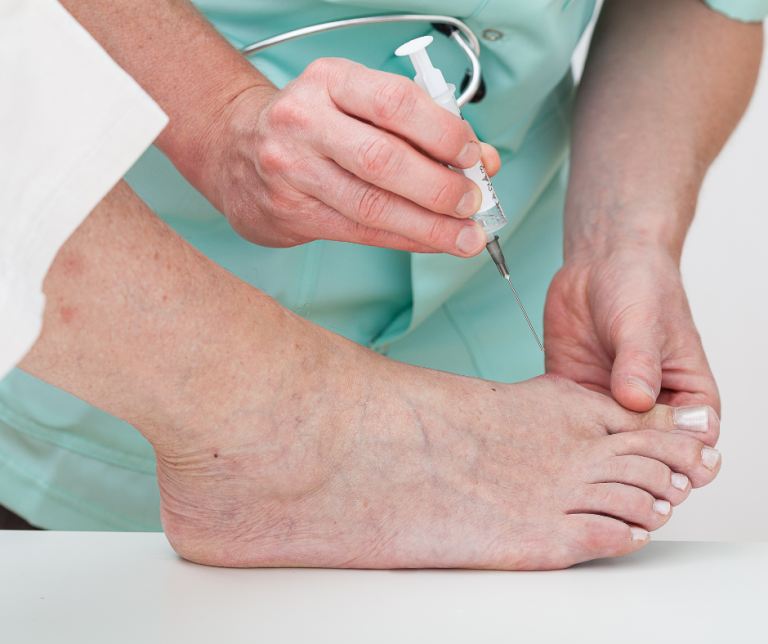Expert Podiatric Advice for Stubborn Blisters

Blisters: We at Clifton Foot & Ankle Center have covered them before. But today, we’re going more in-depth, from science to expert prevention and treatment. While most people know blisters are caused by friction, we need a deeper understanding. And that starts, of course, with the fact that blisters are a response from your body, and that the best treatment is a blend of prevention and precise care.
The Science of Blisters
A blister isn’t just a random bubble that hurts. It’s actually a protection mechanism.
Here’s how they form:
The top layers of your skin rub against the deeper layers and cause them to separate. The gap that forms is then filled with a clear fluid, which is your body’s natural defense to protect the raw, sensitive skin beneath from further damage and infection. The pain you feel is also simply a signal of additional friction.
There you have it. Now, how do we prevent blisters?
Expert Blister Prevention
The key to preventing blisters is a nuanced approach to managing the four main culprits: friction, moisture, heat, and pressure.
- Footwear Fit: While good shoes are a start, podiatrists will emphasize the need for a fit that matches your unique foot shape. That means getting measured not just for length, but also for width and arch length. A shoe that is too tight, too loose, or has a misplaced seam is a blister waiting to happen. For pre-existing conditions like bunions or hammertoes, we can recommend shoes with a wider toe box to prevent pressure.
- Sock Strategy: Your socks are as important as your shoes. Moisture-wicking, smooth materials with no harsh rubbing are especially important for runners, hikers, and other athletes.
- Proactive Padding: For the hot spots that consistently get red or irritated, a podiatrist might recommend applying a protective barrier before a long activity. This can include specialized blister bandages, adhesive moleskin, or even a strategic application of sports tape to reduce friction on the skin.
- Moisture Control: Powder. Think about it: sweat can make your feet sticky and prone to friction.
When to Seek a Podiatrist for Your Blisters
For small, intact blisters, the best course of action is to leave them alone. The blister roof is a natural, sterile bandage.
However, for a large, painful, or very tense blister that’s in a pressure-heavy area (like the sole of your foot), a podiatrist may safely drain it. We use a sterile needle to puncture the blister at its base, gently press the fluid out, and then leave the protective skin flap intact.
This relieves the pressure and allows the blister to heal without the high risk of infection that comes with a home remedy.
For more foot care facts and advice, consult Dr. Kenneth R. Wilhelm at Clifton Foot & Ankle Center in Fairfax County, Virginia, about any podiatric concerns you’re facing. Set up an appointment today to find relief!






